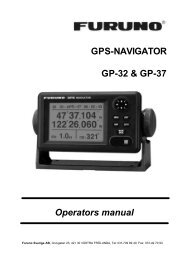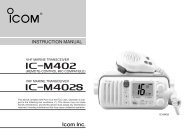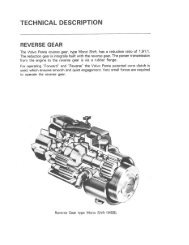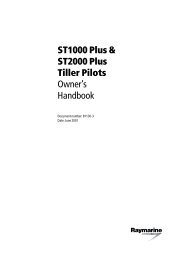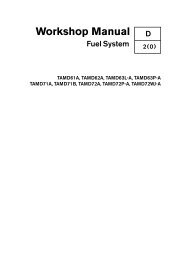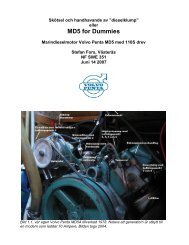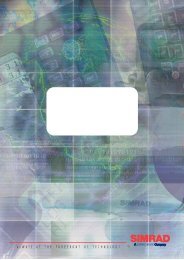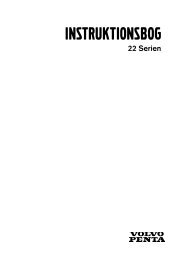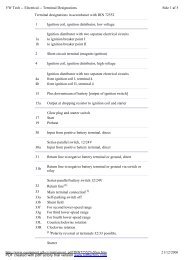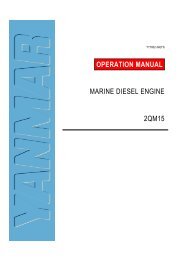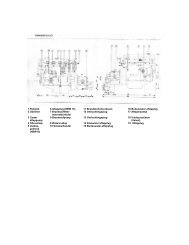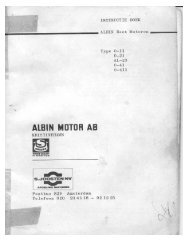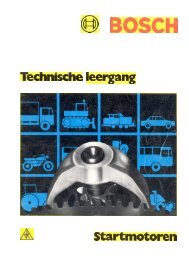Create successful ePaper yourself
Turn your PDF publications into a flip-book with our unique Google optimized e-Paper software.
80 CHAPTER FIVE<br />
3. Remove the cylinder head as described in this chapter.<br />
NOTE<br />
Note the location of the long screw when removing<br />
the oil pan retaining screws.<br />
4. Remove the oil pan.<br />
5. Rotate the crankshaft until the piston is at bottom dead<br />
center. Pack the cylinder bore with clean shop rags. Remove<br />
the carbon ridge at the top of the cylinder bore with<br />
a ridge reamer. These can be rented for use. Vacuum out<br />
the shavings, then remove the shop rags.<br />
6. Rotate the crankshaft until the connecting rod is centered<br />
in the bore. Measure the connecting rod side clearance<br />
with a flat feeler gauge (Figure 30). If the clearance<br />
exceeds specifications (Table I), replace the connecting<br />
rod during reassembly.<br />
7. Remove the connecting rod bolts. Lift off the cap,<br />
along with the lower bearing insert.<br />
8. Use a wooden hammer handle to push the piston and<br />
connecting rod from the bore.<br />
9. Remove the piston rings with a ring remover (Figure<br />
31).<br />
Piston Pin RemovaYInstallation<br />
The steel piston pin rides directly in the piston and the<br />
connecting rod bushing. Circlips at each end retain the<br />
piston pin in the piston.<br />
1. Before removing the piston, place the crankshaft end<br />
of the connecting rod in a vise with soft jaws. Rock the<br />
piston as shown in Figure 32. Any rocking motion (do not<br />
confuse with the normal sliding motion) indicates wear on<br />
the piston pin, piston pin bore or connecting rod small end<br />
bore (or a combination of these).




